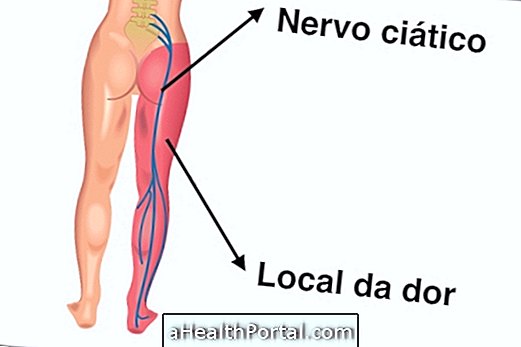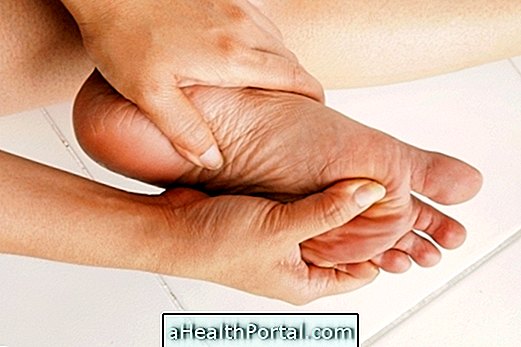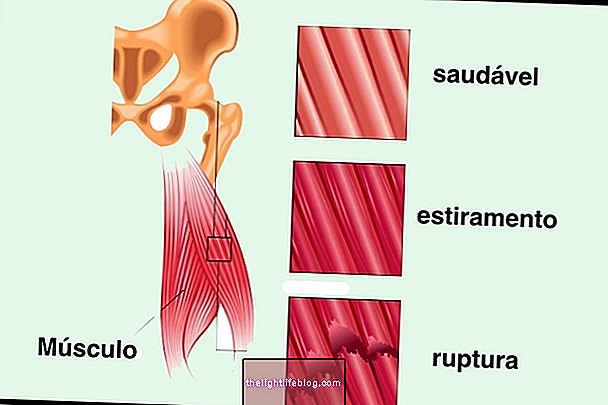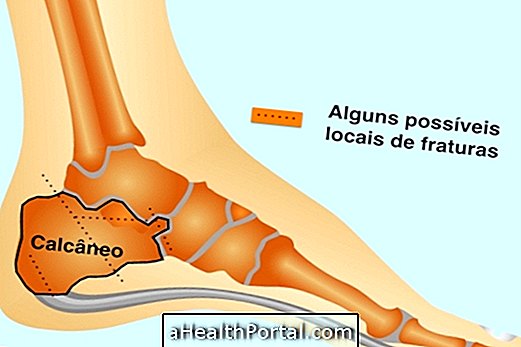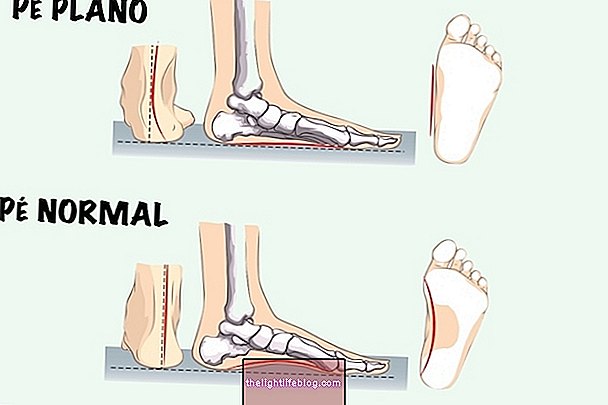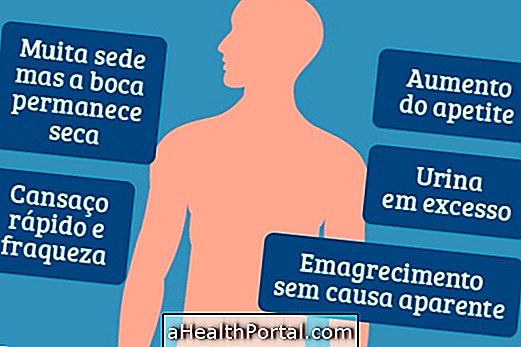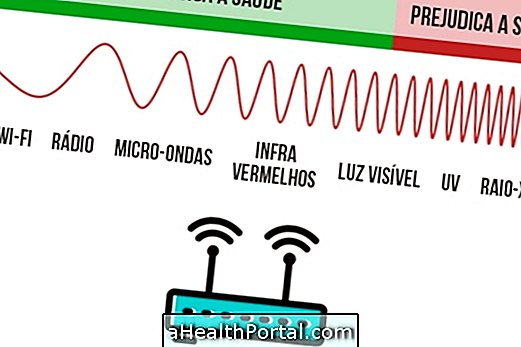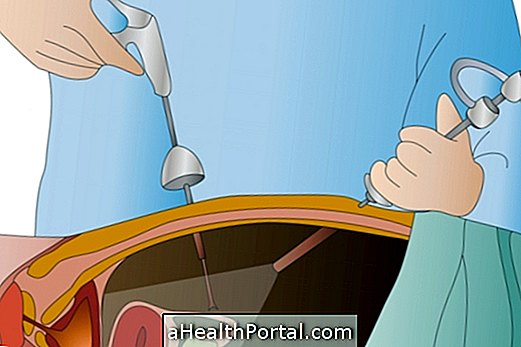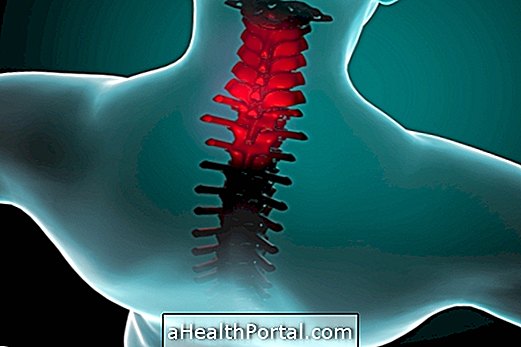Ankylosing spondylitis, also called ankylosing spondylarthrosis, is a spinal cord injury where the vertebrae fuse with each other bringing symptoms such as pain and difficulty in spinal movements.
This lesion begins at the sacroiliac joint, between the pelvis and the last lumbar vertebrae, or at the shoulder joint and tends to worsen progressively affecting all other vertebrae of the spine, which may lead the individual to move away from the worked, starting his retirement early.
This disease can also affect the eyes and may cause uveitis in only 1 or 2 eyes, and there is a risk of cataract. Learn to recognize uveitis.
Symptoms
The symptoms of ankylosing spondylitis are:
- Pain in the spine in the affected region;
- Difficulty in the movements of the spine such as turning the face to the sides;
- Limitation of lumbar movements on the 3 axes;
- Reduction of thoracic expandability;
- There may be numbness and / or tingling in the arms or legs;
- Morning stiffness;
- Pain improves with movement and worsens with rest;
- There may be rectification of the lumbar, increased kyphosis and / or projection of the head forward;
- Low fever, around 37ºC;
- Tiredness and apathy.
These symptoms gradually set in, until over the years they become more and more common. Learn more about the symptoms this disease can cause in Know the Symptoms of Ankylosing Spondylitis.
Diagnosis
The diagnosis of ankylosing spondylitis is made through patient observation and x-ray analysis; bone scintigraphy; HLA - B27 serological test which is a genetic test and computed tomography of the sacroiliac joint and spine.
Diagnosis is made when the above symptoms are present for more than 3 months and when there is a grade 2 to 4 impairment in the two sacroiliac joints, or grade 3 or 4 in a single sacroiliac joint.
It is important to conduct all these examinations for medical expertise assessing the possibility of retirement or not.
Treatment
The treatment is done with the taking of analgesic drugs, anti-inflammatory and muscle relaxants. Physical therapy is essential and will be of great help in relieving symptoms, restoring some joint mobility, and increasing overall flexibility.
Some examples of remedies used in treatment are:
- Indomethacin: 50 to 100md / day;
- Diclofenac sodium: 100 to 200mg / day;
- Naproxen: 500 to 1500mg / day;
- Piroxicam: 20 to 40mg / day and
- Aclofenac: 100 to 200 mg / day.
The combination of medications and dosage should be given by the physician after evaluating the intensity of the symptoms manifested.
Depending on the age of the patient and their daily activities, surgery can be recommended to place a prosthesis in order to improve the range of movements. The regular practice of exercises besides improving the symptomatology, confers more energy and disposition. Natural methods such as massage, acupuncture, auriculotherapy, shiatsu and others can be used with the aim of decreasing pain. In addition, feeding with little or no starch has also been shown to be effective in bringing pain relief and decreasing the progression of the disease.
It is important that the patient know that the treatment should be carried out throughout life since ankylosing spondylitis and still have no cure. Learn more about the treatment of this disease by clicking here.
